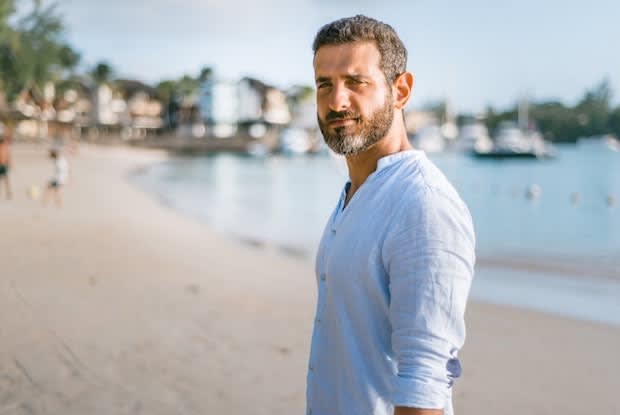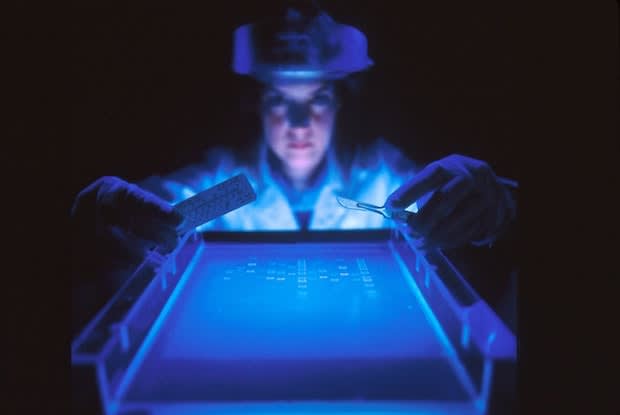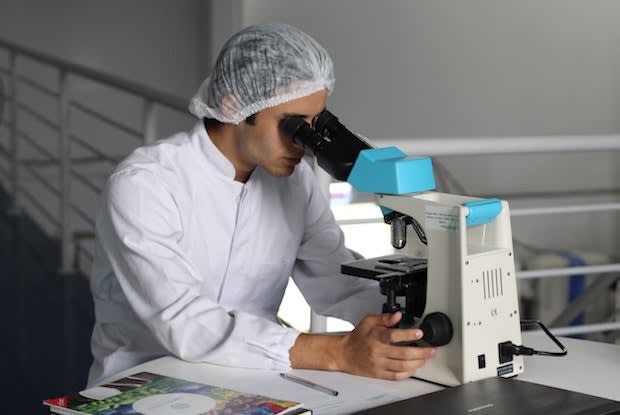Table of Contents
I. The Function of the Prostate
II. Risk factors for Prostate Cancer
III. Symptoms of Prostate Cancer
IV. Androcur and Hormone Therapies
The Function of the Prostate
The prostate is an integral gland within the male reproductive system. The prostate is a walnut-sized gland that is located right in front of the rectum. During male ejaculation, sperms travel from the vas deferens (duct that carries sperm) to the seminal vesicles (semen producing glands), which are attached to the prostate. This gland secretes fluid that keeps the sperm alive while protecting its genetic code. Those vesicles add extra fluid to the semen before it is sent down the urethra. When ejaculation occurs, the prostate also contracts, which closes off the opening between the bladder and urethra. By closing this off, semen passes through the urethra instead of urine.
The prostate also requires hormones (androgens) to function. The two androgens present in the prostate include testosterone and dihydrotestosterone (DHT). [1] The functioning of the prostate is an intricate system, and if something goes wrong, then many issues may occur. Typically, an increased frequency of urination is the most common sign of early prostate problems, but it could be indicative of more serious complications. This type of cancer occurs when the prostate becomes enlarged and develops abnormal cells. Prostate cancer is the second most common cancer among men, so men must get regular prostate check-ups.
This type of cancer is more common in older men, but it can occur in any man, especially if you are over the age of 40. There are several treatments for prostate cancer, and a doctor will determine which treatment is right for you. Androcur is one such hormone therapy for men and can help combat the progression of prostate cancer. If your doctor has prescribed this medication you can order Androcur online through RxConnected to save money. Read on to learn more about Androcur and other treatments for prostate cancer. [2]
A risk factor is anything that may increase a person’s likelihood of developing cancer. Those who possess risk factors may never develop cancer, but it is essential to know the risk factors so you can be aware of any changes in your health. Risk factors for prostate cancer include: Age: The risk of prostate cancer increases gradually with age. Over 80 percent of prostate cancer cases occur in those 65 years or older. Around one in nine men will be diagnosed with prostate cancer during their lifetime. Around 90 percent of men over 80 have cancer cells in their prostate. The older a man gets, the less aggressive prostate cancer becomes. [3] Family History: If a man has a close family member with prostate cancer, they are at higher risk. If the relative is a brother or father, then developing the disease is twice as likely. Those with a close family history should begin getting screened at the age of 40. [3] Lifestyle: If a man leads a sedentary lifestyle and consumes a lot of high-fat foods then the risk of prostate cancer increases. If a man smokes and does not consume many fruits and vegetables, then prostate cancer is more likely to occur. Prostate cancer is more common in countries where meat and dairy make up a lot of the diet. [3] At first, symptoms of prostate issues can appear similar. You know your body best, so keep an eye out for any changes and other things that may signal a problem. Signs and symptoms of prostate cancer can include: If cancer has spread outside of the prostate, other symptoms can include: If your doctor suspects prostate cancer, they will perform several tests. These tests will detect abnormalities to ensure that you are not experiencing an enlarged prostate due to benign prostatic hyperplasia (BPH). Initially, a doctor will perform a digital rectal exam to examine your prostate. After that, a prostate-specific antigen test (PSA) to detect antigens in the bloodstream will determine prostate problems. If an abnormality is identified, an ultrasound will evaluate the prostate. If the ultrasound confirms a problem, then a small collection of the prostate tissue will be collected and analyzed to identify cancer cells. Once the cancer is identified, the doctor will give you several treatment options. [5] Prostate cancer is a bit different than other cancers because some doctors may recommend “watchful waiting.” Not seeking any treatment can be recommended for older men and those with other life-threatening illnesses. If prostate cancer causes symptoms, like a blockage of the urethra, then further treatment is necessary. [6] If you want to find more information about Prostate issues, visit our blog. Hormone therapy, also known as androgen suppression therapy, is used to reduce male hormones in the body. This suppression can stop prostate cancer cells from growing. This type of therapy may be used if the cancer is too advanced to be cured by surgery or radiation. In the case of androgen therapy, lowering androgen levels can help stop prostate cancers from growing and may slowly shrink cancer. This does not cure prostate cancer but may help improve your condition. One anti-androgen therapy drug is Androcur. For prostate cancer cells to grow, male hormones (androgen) need to attach to a protein in the prostate cancer called an androgen receptor. Anti-androgen drugs keep the androgens from causing tumor growth. These drugs are typically taken daily as pills. [7] Androcur (cyproterone acetate) is a steroidal anti-androgen. It is typically used with other medicine or following the surgical removal of the testes to treat side effects such as hot flashes and sweating attacks. This drug can cause weakness and tiredness when first taken, but your body will become accustomed to it after three months or so. Some common side effects of Androcur may include: Surgery is often used to treat some types of prostate cancer. There are several types of surgery, and your doctor will recommend the best one for your condition. Some common surgical procedures include: Radical prostatectomy: This is the main type of surgery for prostate cancer. This operation involves removing the prostate gland and any surrounding tissue that may be affected by cancer. In a radical retropubic prostatectomy, an incision is made in the lower abdomen from the belly button to the pubic bone where the prostate is removed. The doctor may also remove any affected nearby lymph nodes. You will likely have to stay in the hospital for a few days after this surgery. [9] Laparoscopic prostatectomy: This type of surgery is quite intricate. It involves the insertion of long instruments through small incisions of the abdominal wall to remove the prostate. One of the instruments is equipped with a small video camera so the surgeon can see inside the body. This type is a bit less invasive than radical prostatectomy, and there is often less blood loss and pain. Robotic technology is also used with this type of surgery. A surgeon will control robotic arms to complete the procedure. The robotic system has the advantages of maneuverability and precision. [9] Transurethral Resection of the prostate (TURP): This type of operation is most often used for men with non-cancerous enlargement of the prostate, typically benign prostatic hyperplasia (BPH). This surgery involves removing the inner part of the prostate gland with the use of a resectoscope. A resectoscope is passed through the tip of the penis into the urethra. Electricity is passed through the wire to vaporize the tissue. This surgery only takes about an hour. [9] Radiation therapy uses high-energy rays to kill cancer cells in the prostate. Radiation is typically used as the first mode of treatment for cancer along and sometimes in combination with hormone therapy. The two types of radiation include external beam radiation and brachytherapy (internal radiation). External beam focuses beams of radiation on the prostate gland. This type usually has to be done five days a week for the best results. Brachytherapy is also known as seed implantation. This type is more common in those with slow-growing types of prostate cancers. It involves inserting radioactive pellets or “seeds” into the prostate. These radioactive particles are about the size of a rice grain. Putting the radioactive elements directly into the prostate can directly attack the cancer cells in the prostate. [10] The content in this article is intended for informational purposes only. This website does not provide medical advice. In all circumstances, you should always seek the advice of your physician and/or other qualified health professionals(s) for drug, medical condition, or treatment advice. The content provided on this website is not a substitute for professional medical advice, diagnosis or treatment.
Risk Factors for Prostate Cancer
Symptoms of Prostate Cancer

a. Diagnosing Prostate Cancer
Androcur and Hormone Therapies

Surgery

Radiation Therapy

